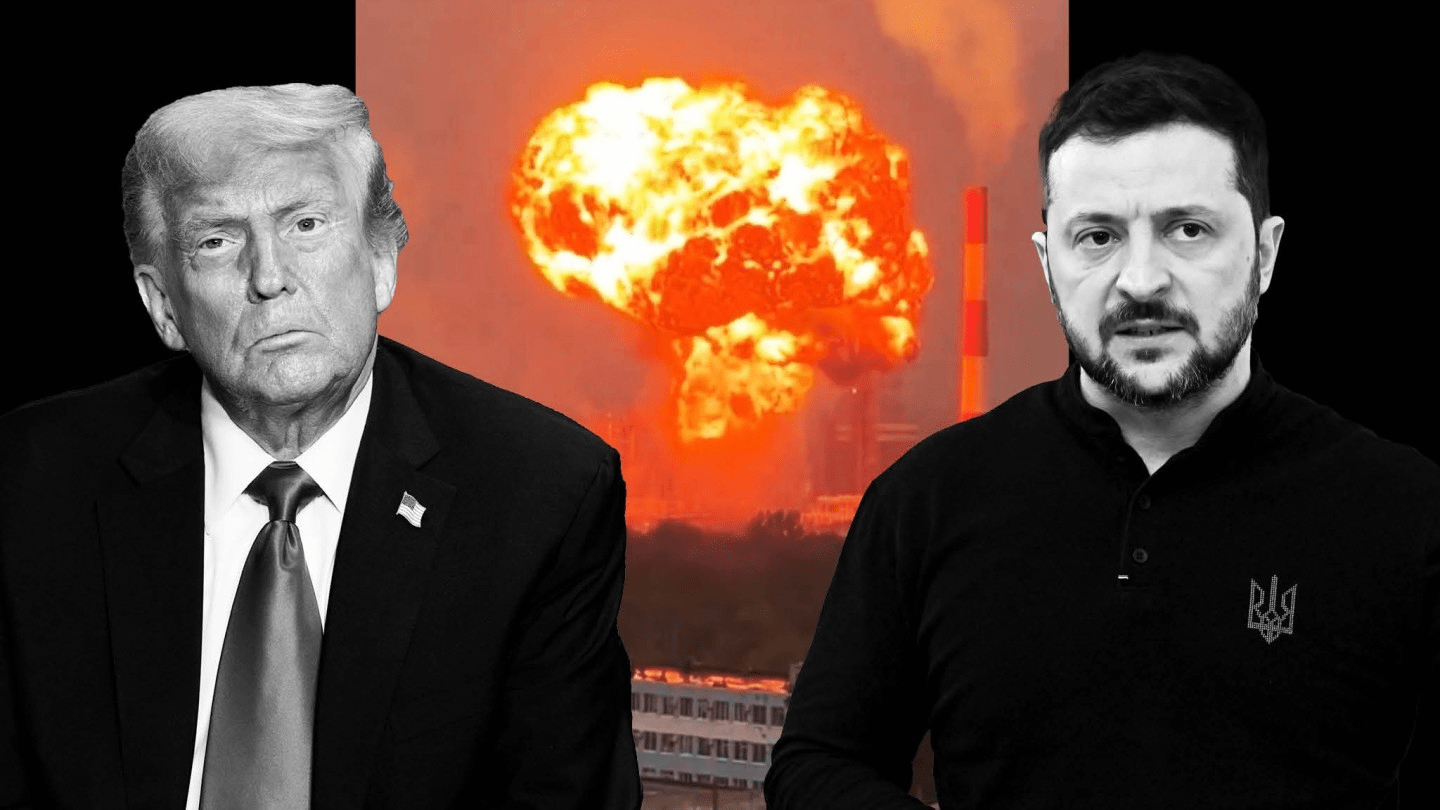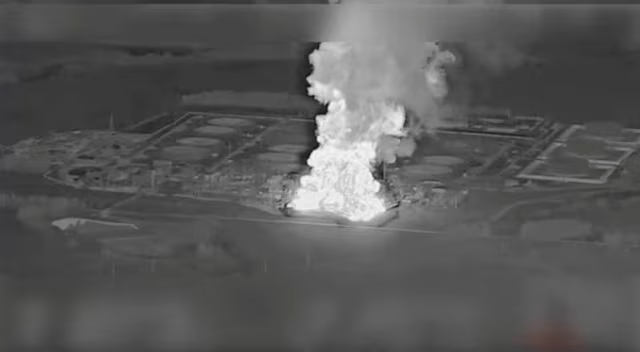Escalating covert support in the war’s energy front
U.S. intelligence support to Ukraine has increasingly focused on Russia’s energy infrastructure, according to a Financial Times account cited by Reuters. The report says targeting data and analysis aided Kyiv’s strikes on facilities tied to oil supply and electricity, deepening pressure on Moscow’s logistics. It follows months of drone attacks and sabotage that highlighted vulnerabilities far from front-line trenches. Washington has not publicly detailed the full scope of its assistance, but officials have said intelligence sharing is part of broader backing for Ukraine’s defense.
The energy dimension of the conflict has strategic weight. Russia relies on oil revenue to finance its war effort; disruptions complicate refining, storage, and pipeline flows. Ukraine frames the operations as legitimate wartime actions aimed at reducing Russia’s ability to launch missiles and drones. Moscow has condemned the attacks as terrorism and vowed retaliation. Analysts say the campaigns demonstrate how modern wars stretch across grids, ports, and industrial hubs, where damage ripples through domestic markets and export routes.

Signals of shifting red lines
The allegation of direct U.S. intelligence involvement underscores how intervention thresholds keep evolving. While Western governments have drawn lines against deploying troops, intelligence, training, and equipment transfers have expanded. For Kyiv, precise geospatial data and pattern-of-life analysis help maximize limited strike assets and conserve munitions. For Washington, the calculus balances battlefield gains with escalation risks, including potential cyber reprisals or energy-market volatility. The strikes have also sparked debates about proportionality and the long-term impact on civilian infrastructure resilience.
European capitals are watching energy shocks closely. Even localized Russian outages can tighten global supply, sway prices, and complicate sanctions enforcement. If Russia diverts air defenses inland to protect refineries and pumping stations, front-line dynamics could shift. Conversely, heavier strikes may push Moscow to intensify grid attacks on Ukraine ahead of winter, seeking to grind down morale. Either path elevates humanitarian risks and makes diplomatic offramps harder to find.

 TPW DESK
TPW DESK 










